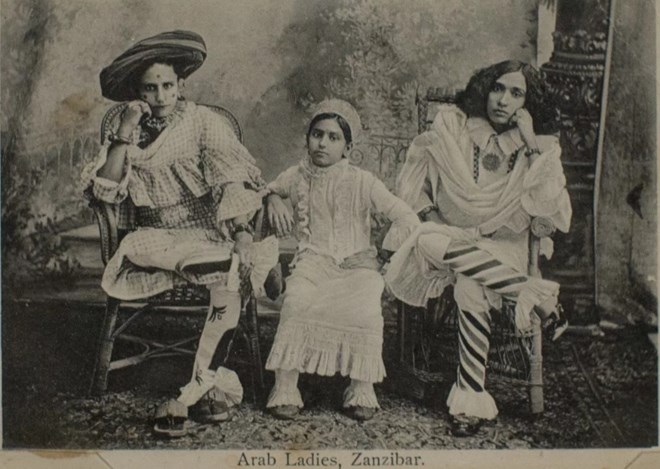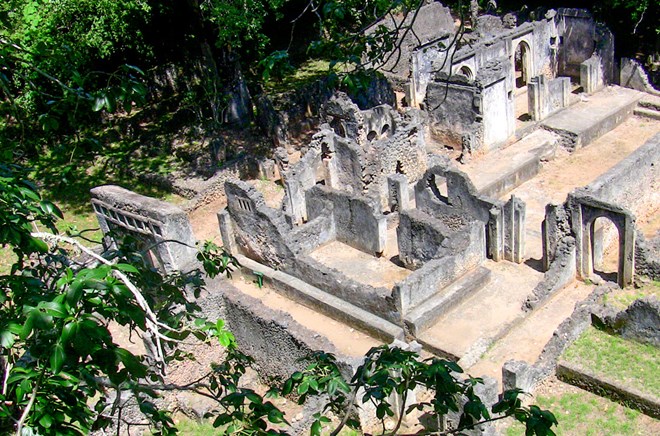
Thursday March 30, 2023

Arab Ladies, Zanzibar by A.C. Gomes & Son. Photograph taken before 1900; postcard printed 1910. Pearl Mak/NPR
The first DNA recovered from members of the medieval Swahili civilisation has revealed that Africans and Asians were intermingling along the East African coast more than a thousand years ago, a study said
Wednesday.
The authors of the study said it confirms ancient oral histories about the shared ancestry of Swahili people, as well as settling a “longstanding controversy” from colonial times about how much Africans contributed to the civilisation.
Starting from the seventh century AD, the Swahili civilisation included the coastal regions of modern day Kenya, Tanzania, southern Somalia, northern Mozambique, Madagascar and the Comoros and Zanzibar archipelagoes.
Millions of modern day people along these coasts identify as Swahili, and the language is one of the most widely spoken in the region.
For the study, an international team of researchers sequenced the DNA of 80 people who lived in different Swahili areas from 1250 to 1800 AD.
They said that from around 1000 AD, up to half of the DNA was from overwhelmingly male migrants from Southwest Asia — around 90 percent from Persia and 10 percent from India.
The other half was almost entirely African women, according to the study published in the Nature journal.
This timeline is consistent with the Kilwa Chronicle, which was passed down in Swahili oral histories for centuries and tells of Persian migrants arriving from around 1000 AD.
It was also from around this time that Islam became a dominant religion in the region.

Medieval tombs in Kenya yielded DNA that revealed overseas roots of the region’s trading culture.CHAPURUKHA KUSIMBA/UNIVERSITY OF SOUTH FLORIDAThe authors emphasised that the study also showed that the hallmarks of Swahili civilisation predated the arrivals from abroad.
‘Africanness of the Swahili’
Chapurukha Kusimba, an anthropologist at the University of South Florida who has been working on the subject for 40 years, told AFP that the research was “the highlight of my career”.
Kusimba said that colonial-era archaeologists seemed to believe that Africans “did not have the mental capacity” to build medieval Swahili infrastructure such as cemeteries, instead solely crediting foreign influence.
But more recent research has shown that 95 percent of the material recovered from Swahili archaeological sites was “home-grown,” including the architecture itself, Kusimba said.
He added that the latest study showed the “Africanness of the Swahili, without marginalising the Persian and Indian connection”.
David Reich, a study co-author and geneticist at Harvard University, said in a statement that “ancient DNA allowed us to address a longstanding controversy that could not be tested without genetic data from these times and places”.
The DNA evidence shows that the intermingling was mostly Persian men having children with African women.
This does not necessarily indicate “sexual exploitation” because of the matriarchal nature of Swahili societies, Kusimba said.
Reich said it was more likely that “Persian men allied with and married into local trading families and adopted local customs to enable them to be more successful traders”.
From around 1500 AD, the ancestors increasingly came from Arabia, the study said.